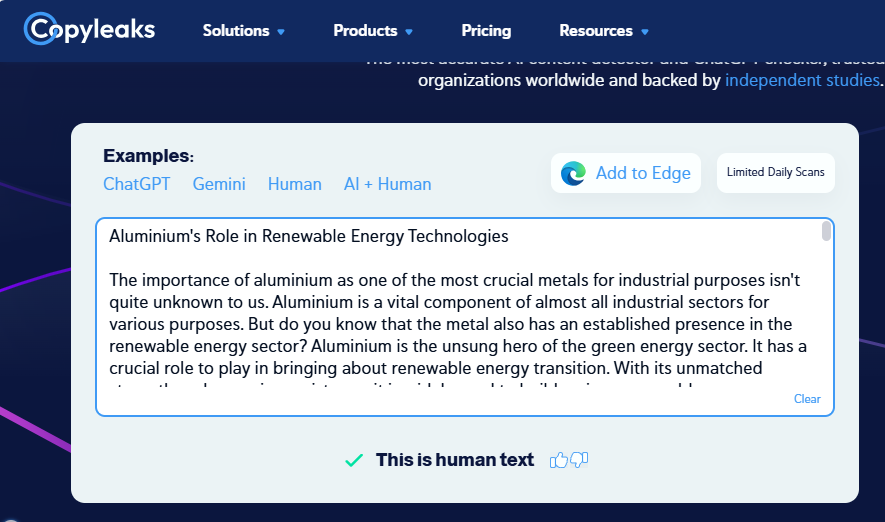The importance of aluminium as one of the most crucial metals for industrial purposes isn’t quite unknown to us. Aluminium is a vital component of almost all industrial sectors in various forms. But do you know that the metal also has an established presence in the renewable energy sector?
Aluminium is the unsung hero of the green energy sector. It has a crucial role to play in bringing about renewable energy transition. With its unmatched strength and corrosion resistance, it is widely used to build various renewable energy platforms like solar panels and wind turbines. Aluminium is also used in the manufacturing of energy storage systems and various EV components. As per the World Economic Forum, the metal’s diverse set of properties makes it an ideal choice of metal in all potential clean power technologies.
Let’s explore more about the biggest piece of the puzzle- The role of aluminium in the green energy sector.
Using aluminium in solar panels: Building the way towards a brighter future
Aluminium is helping us lead the way towards a cleaner and cleaner future. It is the most widely used metal in solar photovoltaic applications. Aluminium accounts for 85% of the material demand for solar PV components. It is used in almost all kinds of components from frames to panels. The metal can significantly improve the lifespan of the solar panel. It also contributes to the unique reflective properties of the solar cell. The corrosion-resistant nature of aluminium again makes it ideal for solar panels. It allows the panel to efficiently convert sunlight into electricity. Because of its high conductivity, aluminium also allows for efficient energy transfer within the solar panels. Also, as aluminium can be recycled easily, the solar panels can once again be recycled to form other components once they reach the end of their lifespan.
Aluminium in wind turbines: Another step towards sustainability
Aluminium has also turned out to be a key choice of metal in wind energy farms. The lightweight and durable nature of the metal makes it ideal for farms. Its high strength-to-weight ratio is well-known to structural engineers. Aluminium structures are also easier to assemble than steel. So, various crucial parts of wind turbines are made using aluminium, making them extremely durable and corrosion-resistant. Key players in the wind energy sector choose aluminium for manufacturing vital components including blades, towers, and nacelles. The blades of the wind turbines are extremely demanding as they have to withstand extremely immense forces. Various alloys of aluminium are used for blade construction. They allow the wind turbine to capture more energy while minimising the overall weight of the structure. You will also find the use of aluminium in both on-shore and off-shore wind energy firms.
Beyond wind and solar: Other range of possibilities
The vitality of aluminium in renewable energy technology is not restricted to the wind and solar energy sectors. The metal is used in other low-carbon technologies as well. Aluminium-ion batteries are integrated quite frequently in energy storage systems. Metal is also preferred in hydroelectric power generation systems for the production of hydropower at low costs. Aluminium also forms a vital component of Electric Vehicles (EVs). It is required both in the construction of EVs as well as in building charging stations to power up the EVs. Aluminium also offers a myriad of advantages in the manufacturing of electric vehicles. It can reduce the weight and thermal efficiency of vehicles. The metal’s design flexibility triggers innovation while promoting safety in the realm of EVs.
To end with
Aluminium has already established itself as one of the most vital metals in renewable energy technologies. As per the World Bank, a robust effort to delay climate change would double the demand for aluminium by 2050. So, we can expect to witness an increase in the demand for aluminium in the renewable energy sector in the upcoming years. This will not only help us in the fulfilment of our renewable energy goals but will also pave the way towards a cleaner and greener nation.














